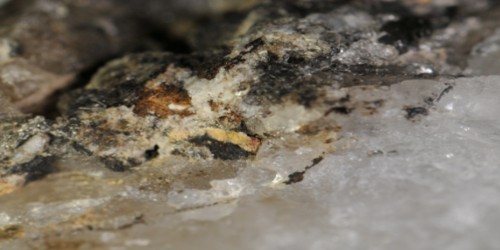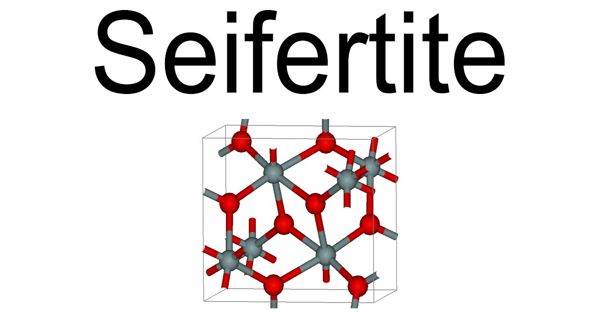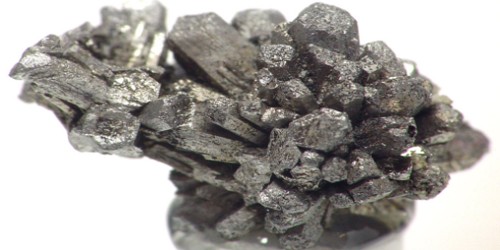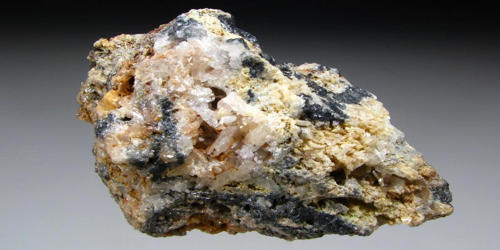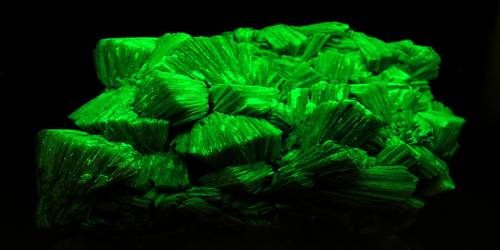Carbokentbrooksite is a very rare mineral of the eudialyte group, with formula (Na,[])12(Na, Ce)3Ca6Mn3Zr3NbSiO(Si9O27)2(Si3O9)2(OH)3(CO3).H2O. It is a trigonal-ditrigonal pyramidal yellow mineral containing calcium, carbon, cerium, chlorine, hydrogen, lanthanum, manganese, neodymium, niobium, oxygen, potassium, praeseodymium, silicon, sodium, strontium, titanium, yttrium, and zirconium. The original formula was extended to show the presence of cyclic silicate groups and silicon at the M4 site, according to the nomenclature of eudialyte group.
General Information
- Category: Silicate mineral, Cyclosilicate
- Formula: (Na,[])12(Na,Ce)3Ca6Mn3Zr3NbSiO(Si9O27)2(Si3O9)2(OH)3(CO3).H2O
- Crystal system: Trigonal
- Crystal class: Ditrigonal pyramidal (3m) (same H-M symbol)
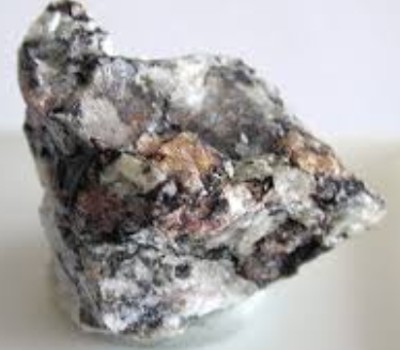
Properties
Carbokentbrooksite characterizes in being carbonate-rich (the other eudialyte-group species with essential carbonate are zirsilite-(Ce), golyshevite, and mogovidite). It is also sodium rich, being sodium equivalent of zirsilite-(Ce), with which it is intimately associated.
- Color: Yellow, yellow-orange
- Crystal habit: rhombohedra (cores of zoned crystals)
- Fracture: Conchoidal
- Tenacity: Brittle
- Mohs scale hardness: 5
- Luster: Vitreous
- Streak: White
- Diaphaneity: Transparent
- Density: 3.14 (measured)
- Optical properties: Uniaxial (-)
Occurrence and association
Carbokentbrooksite and zirsilite-(Ce) are found as replacements of grains and crystals of eudialyte. They occur in pegmatites of Darai-Pioz alkaline massif, Tajikistan – a locality known for many rare minerals. The minerals are associated with aegirine, ekanite, microcline, polylithionite, quartz, Stillwellite-(Ce) (silicates), pyrochlore-group mineral, fluorite, calcite, and Galena.
Information Source:
